Blog
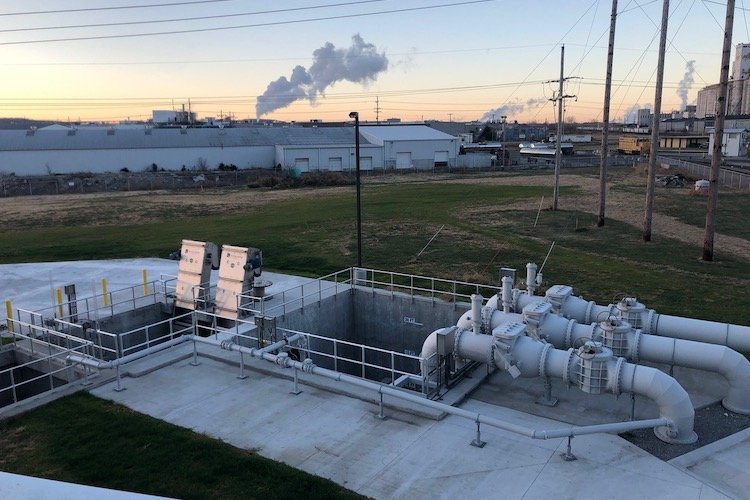
Is Design-Build Right for Your Smaller Project?
Design-build has become the fastest-growing delivery method in the water/wastewater industry across the nation. Cost certainty and accelerated schedules have encouraged most states to embrace the design-build model. In the current market, large-scale design-build projects receive most of the headlines, but design-build can be a perfect fit for your small-scale projects.
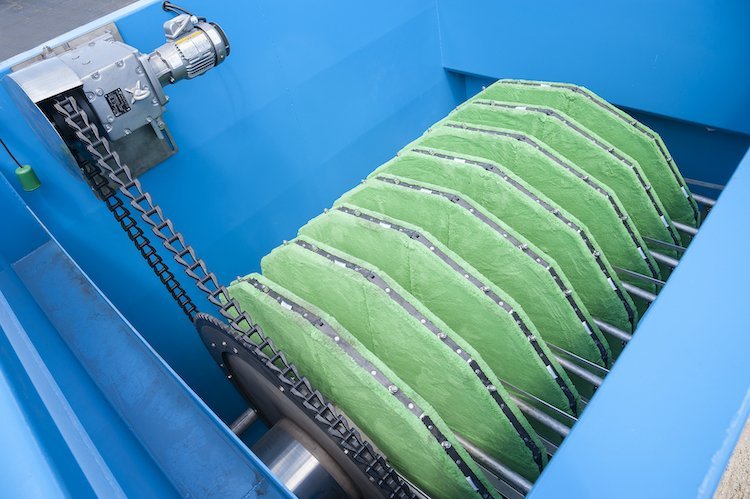
Innovative Technologies Play Key Role in Gaining Winning Advantage in Competitive Collaborative Delivery Projects
The word innovative is talked about a lot in the water and wastewater industry, but as an industry we have been slow to accept technology innovation. I have been in the industry for 30+ years and participated in several industry efforts with WEF, AWWA, NSF, and EPA—like the EPA’s Environmental Technology Verification (ETV) program, WEF’s LIFT program, etc.—to increase the use of innovative and new technologies. These programs typically test the equipment through a range of conditions and a report is written on the testing.
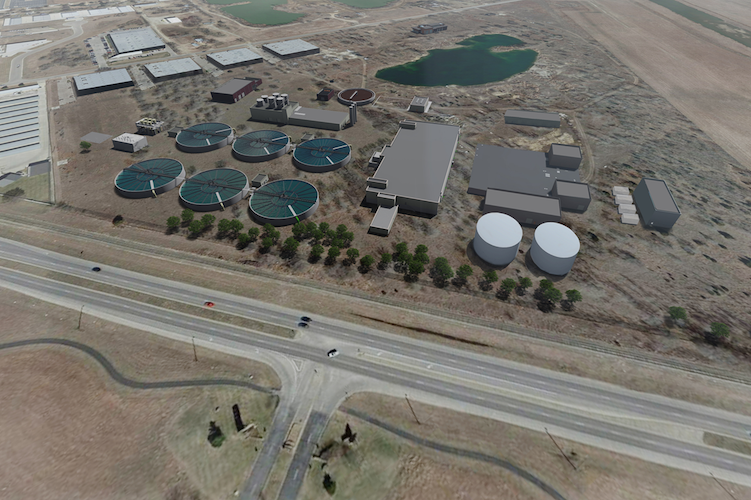
Addressing Critical Water Infrastructure Needs in Uncertain Times
The ongoing COVID-19 pandemic has had a significant impact on the continued development of critical infrastructure, creating growing uncertainty concerning financing opportunities and project delivery.

Dispute Boards on Water/Wastewater Projects? Why Not?
I have always been perplexed as to why dispute boards are so rarely used on water/wastewater projects. They enjoy a long history of successful use on transportation projects—particularly tunneling projects and big-dollar design-build projects. Most transportation owners find dispute boards helpful, and it is clear that they provide the parties with a vehicle to get real-time resolution of project challenges. But it seems that water/wastewater owners and owner advisors don’t even give a thought (let alone a second thought) to considering the use of a dispute board when they put together their contracting approach for a non-tunneling project.

Allure of the Industry – Is It (Still) There?
Tower cranes flying materials for a high-rise in the downtown skyline. Excavators and loaders moving dirt and installing pipe along the side of the road. Bridges flying over a freeway one berm at a time. What is it that attracts people to the architecture/engineering/construction industry?
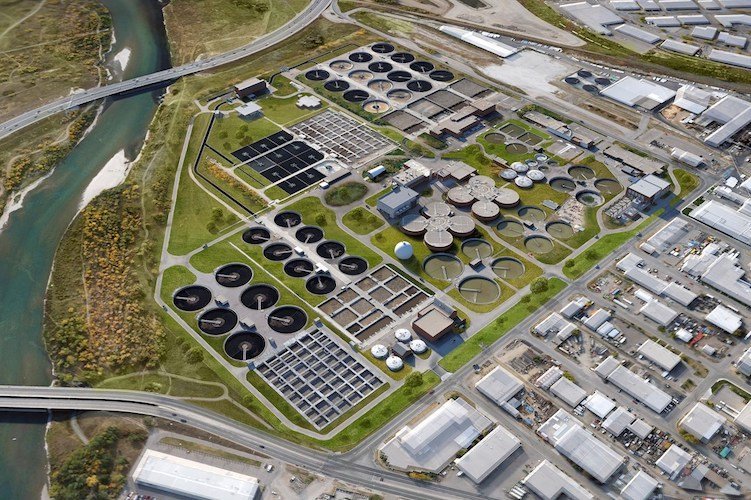
How Do You Decide the Best Project Delivery Approach?
Most major construction projects in the water and wastewater industry have conventionally been delivered through a design-bid-build (DBB) method of delivery. However, collaborative project delivery (CPD) methods are being considered more frequently in the public sector because they can provide a variety of benefits over traditional delivery methods such as time and/or cost savings. It is important to recognize that these benefits sometimes come with trade-offs, such as reduced control or change in risk, so the pros and cons of each CPD method need to be weighed.

Remember the Yugo!
Remember the Yugo? Wikipedia reminds us that you could buy one of these imported cars brand new for $3,990 in 1987.2 That’s about $9,1003 in 2020 dollars—about a third less than the least expensive new car that you can actually buy today (which, according to Automobile Magazine, is a 2020 Chevrolet Spark LS for $14,395,4 if you happen to be in the market).

Best Practices for Accelerating a Design-Build Project Schedule
Compared to the traditional design-bid-build method, design-build delivery can accelerate design and construction schedules by 20% to 30%. Many cities and counties have implemented new fast-tracked permitting review processes to reduce the turnaround time for issuing permits, which are critical to maintaining the construction schedule.

Operating the Water Resource Recovery Facility: It’s a Business
A growing number of utility managers and influencers in the wastewater sector are transitioning to an operating model that mirrors private industry. One of the leading reasons for this shift is the fact that major infrastructure has not received the investment needed to keep pace with a changing economy and environment, let alone innovations in technology. To bridge the gap between their current operations and this new model, utilities are frequently turning to progressive-design build.
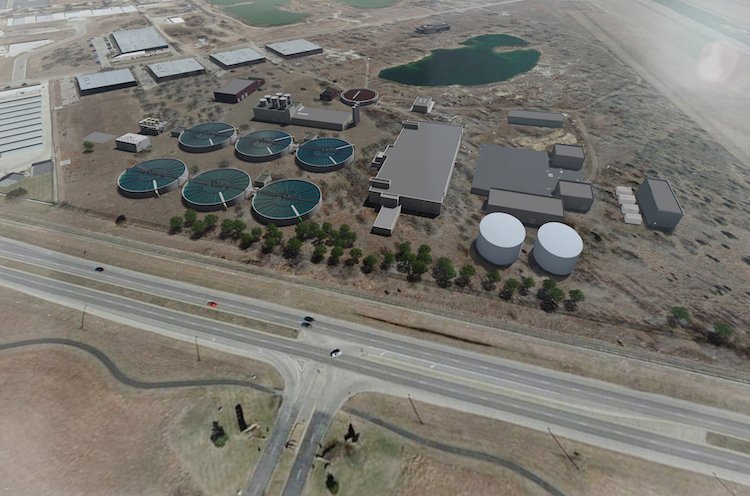
Owner Advisors Help You Keep Control of Your Collaborative Delivery Project
With a rise in use of collaborative delivery, owners have begun finding ways to make the process easier and reduce stressful oversight on their end. Collaborative delivery methods are often complex with multiple contractors and moving pieces as part of the day-to-day tasks. Because of this complexity, owners may be hesitant to transition from design-bid-build given their unfamiliarity. That’s where an owner advisor comes in.
